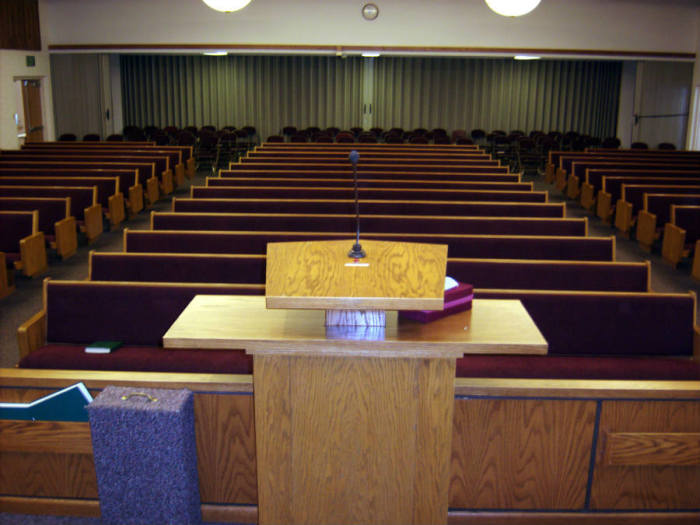Barna President's Solutions on Countering 'Crisis' of Aging Clergy

Protestant churches can counter the trend of aging clergy in many different ways, says Barna President David Kinnaman.
Barna released a study on American pastors in January which found that, among other things, the average age of Protestant pastors has increased over the past quarter century from 44 to 54.
In a statement posted on Barna's website Wednesday, Kinnaman said there are multiple "solutions to the crisis" facing churches.
"[Solutions] include creating and demonstrating better cross-generational and cross-functional teams; developing and implementing better succession efforts; and seeing more younger leaders signing on to be spiritual leaders," Kinnaman said.
"[Other solutions include] more established pastors making space for younger leaders; creating a broader vision for pastoring to include a renewed vision of the priesthood of all believers; and improving the educational and developmental process to unleash more pastors."
Kinnaman reiterated his belief that the increase in the average age for clergy is "a substantial crisis for Protestant churches," by stressing that "there are now more full-time senior pastors who are over the age 65 than under the age of 40."
"It is urgent that denominations, networks and independent churches determine how to best motivate, mobilize, resource and deploy more younger pastors."
Barna collaborated with Pepperdine University to conduct the study and surveyed 14,000 pastors over the course of three years.
Known as The State of Pastors, the research found that the average age for a Protestant pastor has increased by a decade since 1992.
"In 1968, 55 percent of all Protestant clergy were under the age of 45 — that is, the majority of all church leaders were in their 20s, 30s and early 40s. In 2017, just 22 percent are under 45," noted Barna.
"There are numerous reasons for this well-documented trend, and it may be impossible to know which are the biggest factors. At the most basic level, people are living longer: Average life expectancy for men in 1968 was 66 years old; today it's 76."
While the 175-page report found that while clergy were older on average, other data mined from the respondents found more positive trends.
For example, the data also showed that a majority of pastors, about 70 percent, felt their family relationships were excellent. This is a higher result than the report coming out of the general population.
"We find that a lot of pastors are doing pretty well, it is not to say that every pastor is doing perfectly and we have a great responsibility to listen to this data and determine how it is that we can support pastors," Kinnaman said in January when key findings of the report were released.
"Pastoring is exhilarating. It is also really, really hard. My dad is a lifelong pastor, Gary Kinnaman, ... and I know firsthand some of the challenges and pain and opportunities, the great thrill of leading."





























